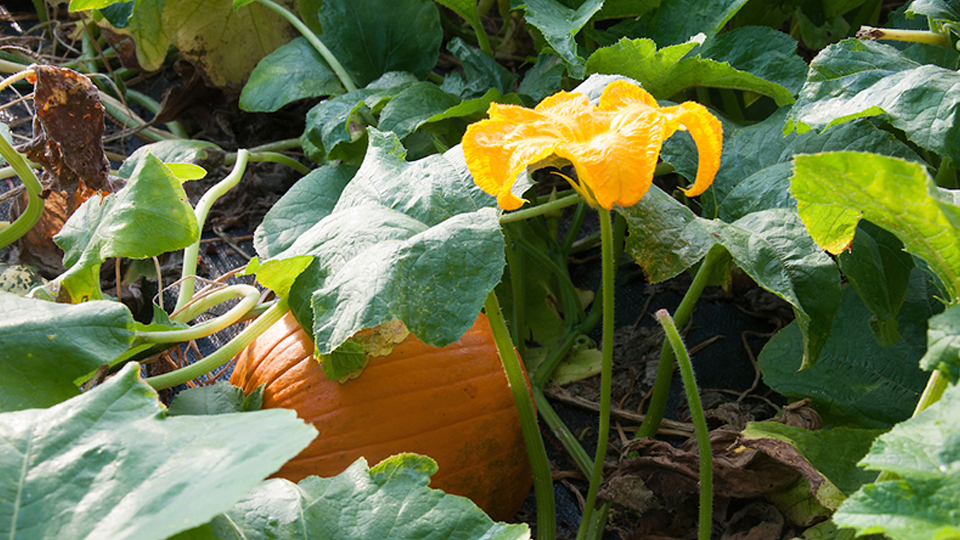Indiana pumpkin yields to vary
Subscriber Benefit
As a subscriber you can listen to articles at work, in the car, or while you work out. Subscribe Now
Purdue University says record-setting hot and dry months over the summer could lead to smaller pumpkins this season. According to the university, while genetics play a major role in a pumpkin’s size, the vegetable’s growth is hugely reliant on summer rainfall.
Indiana is one of the largest pumpkin producers in the country, cultivating about 6,000 acres each year.
Stephen Meyers, assistant professor of weed science at Purdue, said planting a quarter of an acre of pumpkins in June was a challenge.
“For many farms, the pumpkin season actually starts this time of year as they are planted into a cover crop that is going into the ground right now,” Meyers said. “The cover crop will then be terminated in late spring or early summer, which is when the pumpkins are then planted to time with a fall harvest. For our farm, we planted and didn’t receive much, if any, rainfall for June, which doesn’t encourage much growth for the pumpkins starting out.”
According to Purdue, large-scale operations commonly use irrigation systems in case of limited rainfall.
“A dry summer obviously isn’t good for seed germination, but the dryness means there is less disease pressure,” Meyers said. “Pumpkins are susceptible to a number of plant pathogens, but when conditions are drier, that means fewer fungicides have to be sprayed.”
The university says the jack-o’-lantern pumpkin is the most popular variety grown.
“We see a lot of people looking for the different colored pumpkins, many of which grow with sort of a flat surface so you can stack them,” Meyers said. “They seem to be a popular porch decoration that people seek.”
Purdue says pumpkin yields will be site-specific this year.
